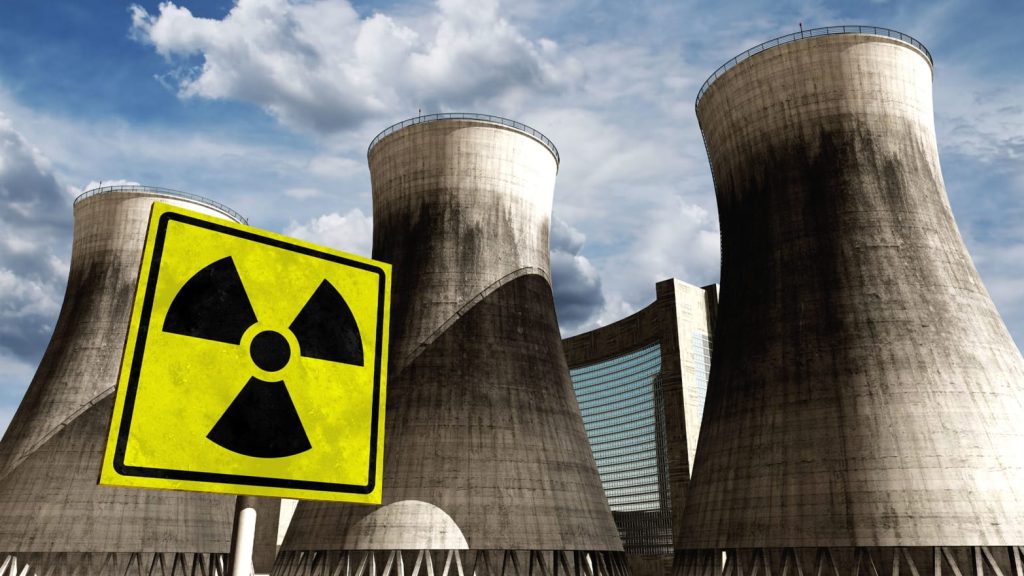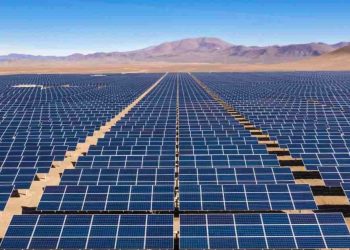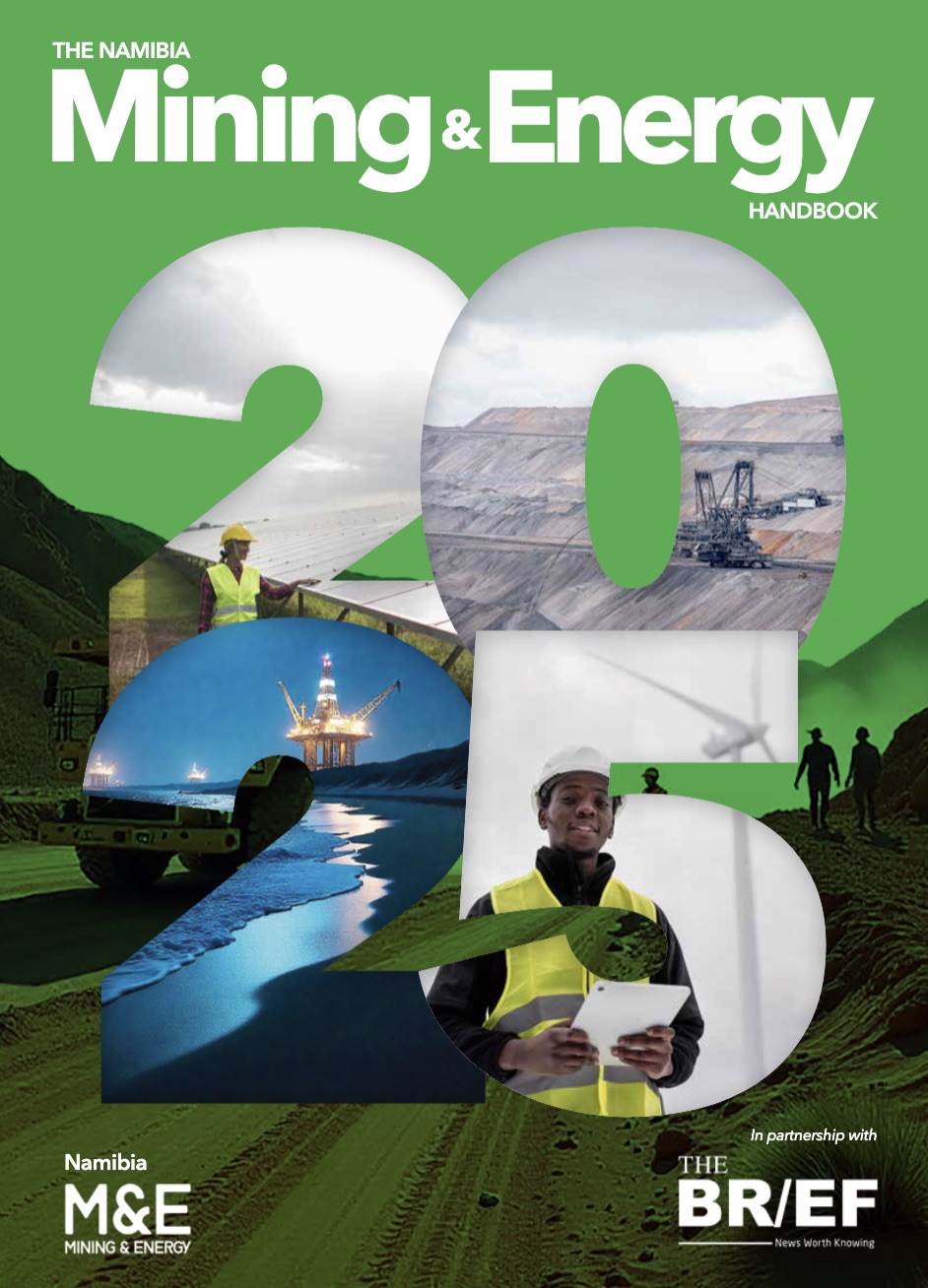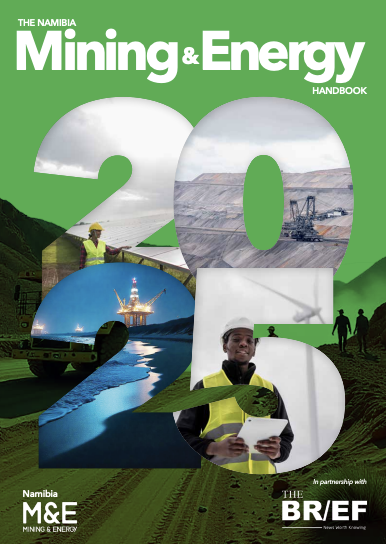
Namibia has begun formal consultations with the International Atomic Energy Agency (IAEA) as it moves forward with plans to develop a nuclear power plant, a process expected to take at least 10 years to complete.
According to Ben Nangombe, Executive Director in the Ministry of Mines and Energy, the project is being guided by international standards and must meet 19 key infrastructure criteria set by the IAEA.
“According to the International Atomic Energy Agency, in order to develop a nuclear power plant, there are 19 nuclear and infrastructure issues that need to be fulfilled. It starts with a government decision and includes regulatory matters, among others. We are working toward a timeline to fulfil the 19 infrastructure requirements, which usually takes between 10 and 15 years,” Nangombe said.
He added that a dedicated technical team has already been appointed to lead the process, and a Namibian representative has been stationed at the IAEA to support the consultations.
Nangombe said the government is considering a range of options, including small modular reactors and large-scale facilities with a capacity of up to one gigawatt.
The estimated cost of the project is around N$106 billion (US$6 billion).
He noted that Namibia’s status as a uranium-producing country places it in a strong position to explore nuclear power generation.
“Two years ago, the Atomic Energy Board developed a strategy on how to harness the power of nuclear energy across the entire continuum. Whether it is for power generation, agriculture, or healthcare, this consideration is being made for the eighth administration,” he said.
The proposed nuclear programme is part of a broader national energy strategy, which also includes the development of solar mini-grids, hydropower projects, and the Kudu Gas-to-Power initiative.






